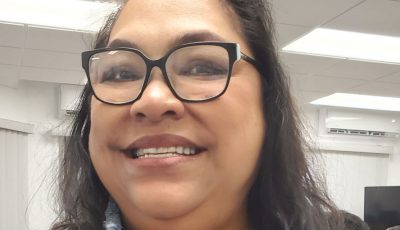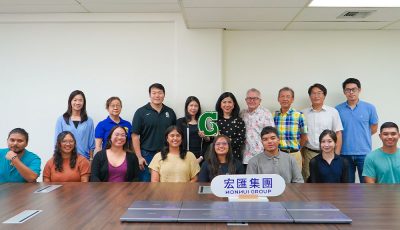Marine reserves protect our people
Editor’s Note: Amber Roberts focused her studies at Stanford University on the decision-making processes behind natural resource management and hopes to make them more equitable and sustainable for future generations. She is currently undertaking a research and writing project with the Friends of the Mariana Trench to communicate the findings of prominent scientific studies to island communities in Micronesia.
As island people, our culture, heritage, and livelihood depend on the ocean. The ocean feeds us, sustains our climate, and is an integral part of our economy. However, the ocean is experiencing unprecedented change. We are observing fish populations in decline from overfishing, and across the world, corals are dying as seawater becomes too acidic. Given the fast pace of change in our oceans, one way to safeguard marine life and our fishing economy is to create marine reserves.
Marine reserves are defined as “areas of the ocean completely protected from all extractive and destructive activities.” Naturally, creating areas where we are not allowed to fish can be controversial because it is seen as impeding our ability to provide for our families. But our people have centuries of experience with this type of ocean management. In Palau, where my mother’s family is from, the chiefs would declare a “bul” to allow the ocean to recover when we took too many resources. Other traditional systems in the Pacific, such as “kapu” in Hawaii, “mo” in the Marshall Islands, and “rāhui” in New Zealand, act in a similar vein: they place restrictions to balance what we need and what the ocean can provide.
Marine reserves have gained popularity over the past few decades as an effective form of fisheries management because the strict no-take regulations allow fish and other important species to reproduce and sustain healthy populations. The United Nations has set a global goal of protecting 10 percent of the ocean with marine reserves, whereas the International Union for Conservation of Nature recommends creating a fully sustainable ocean will require protection of at least 30 percent.
Some have argued that closing off large areas of the ocean doesn’t make a significant difference—that we should focus on managing the whole ocean sustainably and that doing so would have the same effect in keeping commercially important populations healthy. That idea isn’t necessarily backed by science—or our culture.
To better understand the effects of no-take marine reserves versus other areas that allow fishing, a team of scientists reviewed 149 studies that measured four indicators of ecosystem health inside and outside of reserves. The scientists examined the total mass of organisms in an area, how many species were found, the sizes of each species, and the number of each different species inside and outside of marine reserves. They found that all four indicators were significantly higher in the no-take marine reserves indicating a healthier environment within the reserve. Their most surprising finding was that fish and other marine life were bigger inside the reserve and that there were many more species inside reserves than areas without protection. You can learn more about this study by googling “Biological Effects Within No-Take Marine Reserves: A Global Synthesis.”
While this might sound like a very technical study, its results and implications are easy to interpret. When fish are protected inside a reserve, it gives them the opportunity to grow and multiply. These growing fish populations can then swim out of the reserve and spill over to other areas where they can be fished. Marine reserves also create space for species to breed, allowing for more larva to be transported outside the bounds of the marine reserve and replenishing fish stocks many miles away.
The positive effects of marine reserves don’t happen instantaneously. It takes a few years for fish populations to replenish themselves in their new safe havens. However, the data is irrefutable: creating no-take marine reserves leads to healthier, more sustainable fisheries, and in return, stronger, healthier people and island communities.
Amber Roberts is a born-and-raised island girl from Saipan. She recently graduated from Stanford University, where she earned both her bachelor’s and master’s degrees in Earth Systems.



























